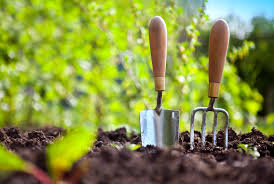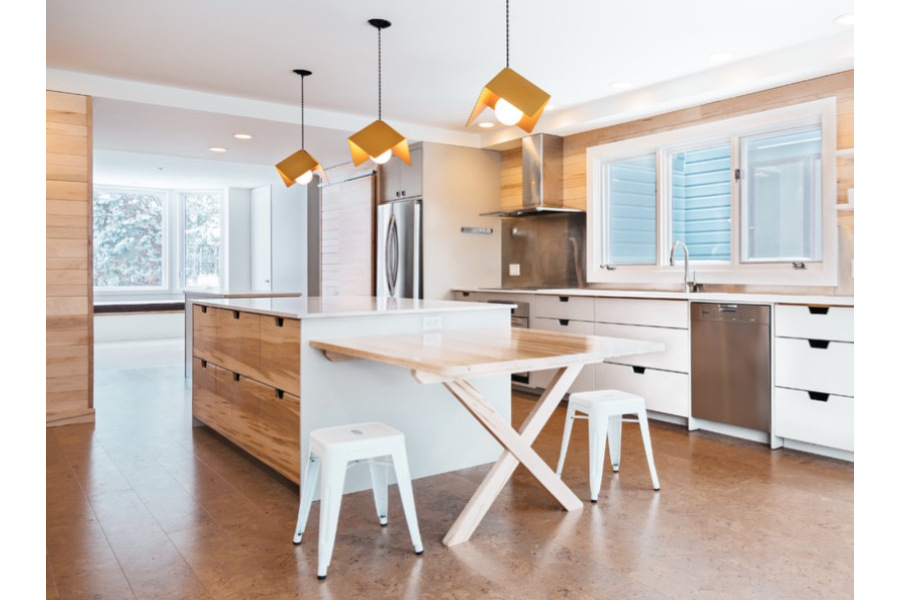It is anything but difficult to go out and be enticed into purchasing plants or yard decor that look excellent at the gardening store, just to get them home and realize that they do not suit your landscape. These tips will assist you with building up a design plan and guide you towards making a wonderful, strong, and flourishing backyard.
Picture Your End Goal
While pondering your ideal landscape design, consider the style that you’re attracted to. Get inspired by flipping through landscape magazines or surf the web for design ideas that suit your personality. Once you’ve settled on a general idea, you can start planning out the components that you will need for your design.
Choose Plants That Complement Your Yard
Right off the bat when planning your design, you ought to decide how your plants will work in your space. Plants can be utilized in various manners, they can provide you with a nutritious source of food, excellent view, stunning fragrances, and substantially more.
Plants can be utilized as boundaries to characterize regions within your space just by distinguishing where your space ends. You can utilize plants to make physical borders by separating two areas. On the off chance that you need to keep your areas open, you can still introduce low growing plants as borders that impede access yet not the view.
Effectively positioned plants can likewise be utilized to enhance your space. Temperature, shades, and wind are incredibly influenced by the trees and plants in a yard. Plan the placement of your plants and trees properly to get the optimal design for your backyard.
Plan Ahead and Beyond
Consider how the progression of time will influence your landscape design. When choosing plants, ensure you consider the plant’s development rate, support needs, and its possible size. Ensure you furnish your plants with sufficient space to grow to their optimum size. Remember however, that plant development is ideally based on developing conditions; your yard’s particular conditions will affect the growth of your plant.
For long term sustainability pick plants and components that can help you save on resources. While choosing new plants, search for plants that will require less water, compost, and pesticides. When arranging your landscape, consider introducing a water catchment framework which will give you a naturally occurring water source for your plants.
Utilizing nature friendly hardscapes, that contain non-poisonous additives, stains, paints, and cleaners. This is another way to secure your resources. Additionally, consider reusing landscaping materials; before eliminating anything, first consider what materials you may have the option to reuse, repurpose, or fuse into your new scene plan.
In conclusion, landscape designing is a big undertaking that should be done with utmost care. As such, do consider hiring a professional landscape maintenance contractor.




